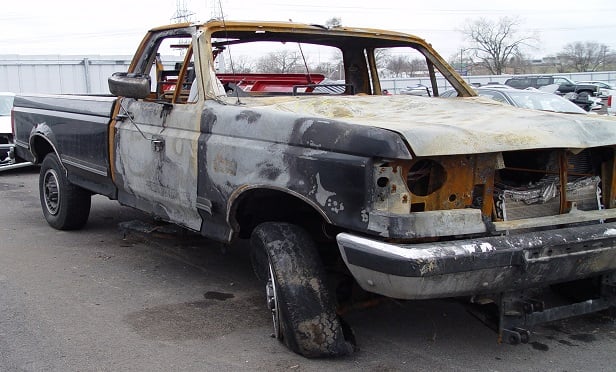 Figure 1 – Example of a vehicle that has sustained a fire loss. (Photo: C. Roberts)
Figure 1 – Example of a vehicle that has sustained a fire loss. (Photo: C. Roberts)
Improperly installed cartridge oil filters in automotive applications can cause the total loss of the vehicle. The scenario proceeds as follows: the insured has the oil and filter changed in a vehicle and continues to drive. At some time after the oil filter change, a fire develops, typically in the engine compartment, and nearly complete destruction of the vehicle results.
Recommended For You
Want to continue reading?
Become a Free PropertyCasualty360 Digital Reader
Your access to unlimited PropertyCasualty360 content isn’t changing.
Once you are an ALM digital member, you’ll receive:
- Breaking insurance news and analysis, on-site and via our newsletters and custom alerts
- Weekly Insurance Speak podcast featuring exclusive interviews with industry leaders
- Educational webcasts, white papers, and ebooks from industry thought leaders
- Critical converage of the employee benefits and financial advisory markets on our other ALM sites, BenefitsPRO and ThinkAdvisor
Already have an account? Sign In Now
© Touchpoint Markets, All Rights Reserved. Request academic re-use from www.copyright.com. All other uses, submit a request to [email protected]. For more inforrmation visit Asset & Logo Licensing.







